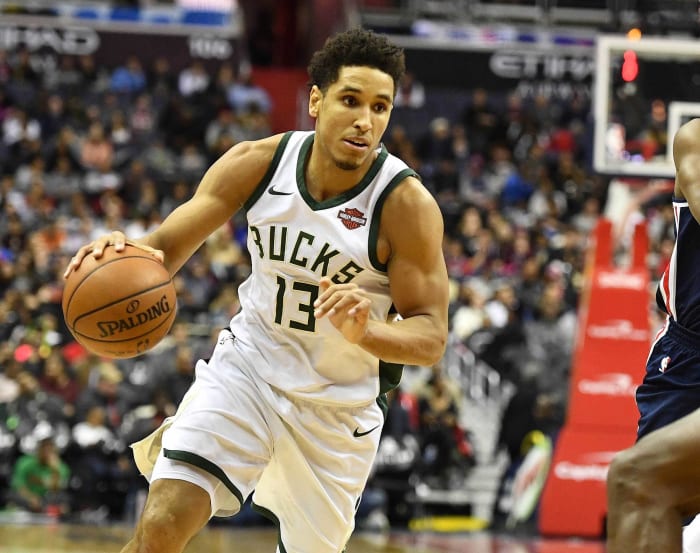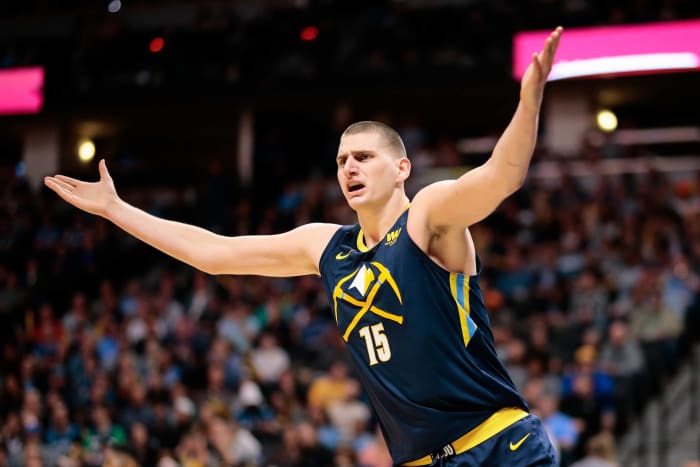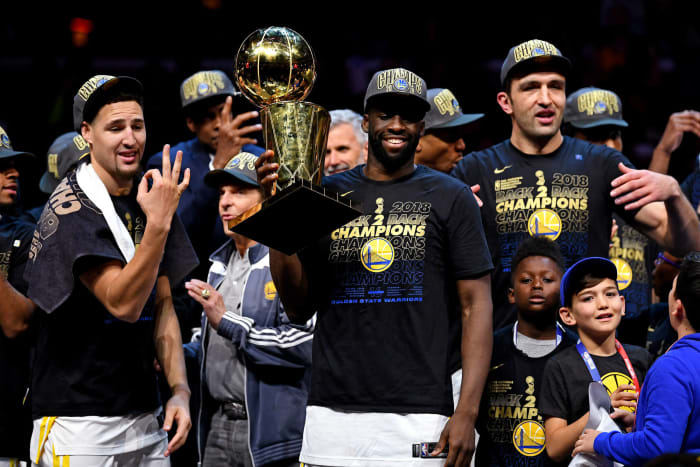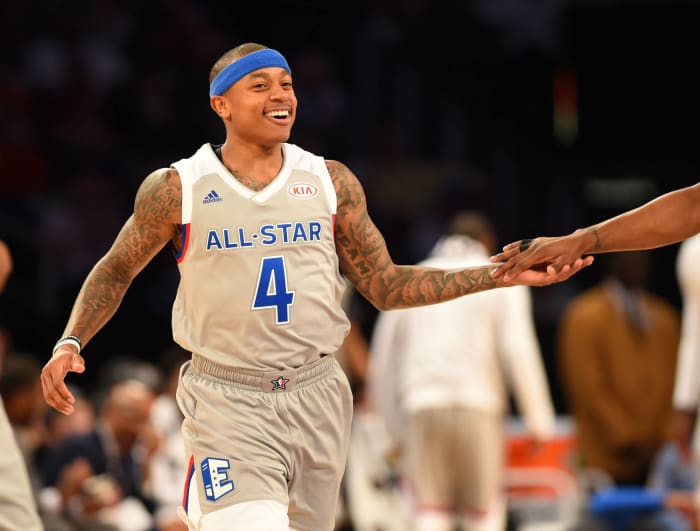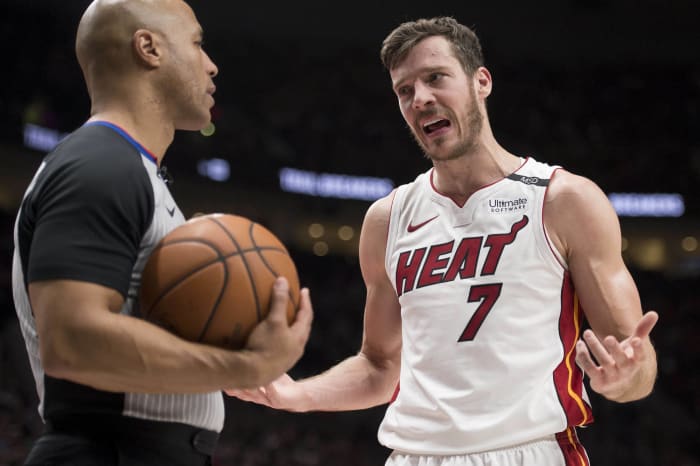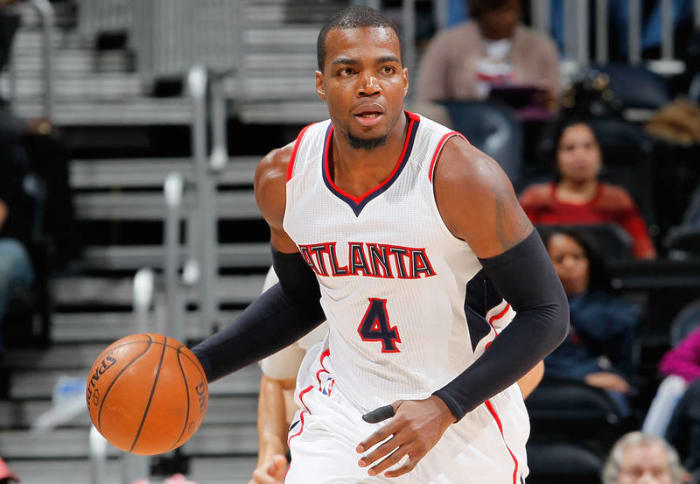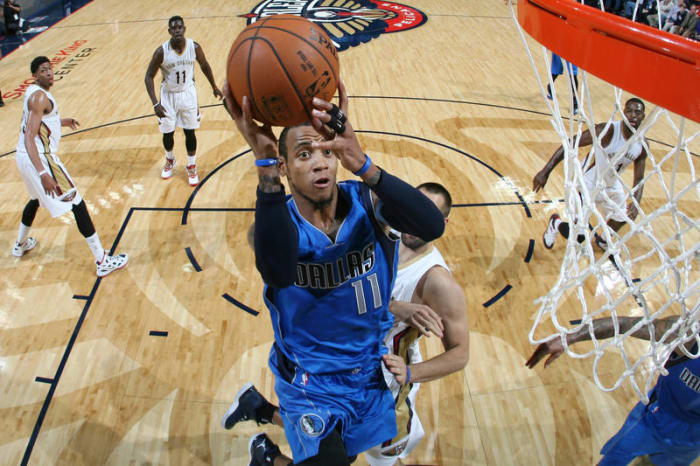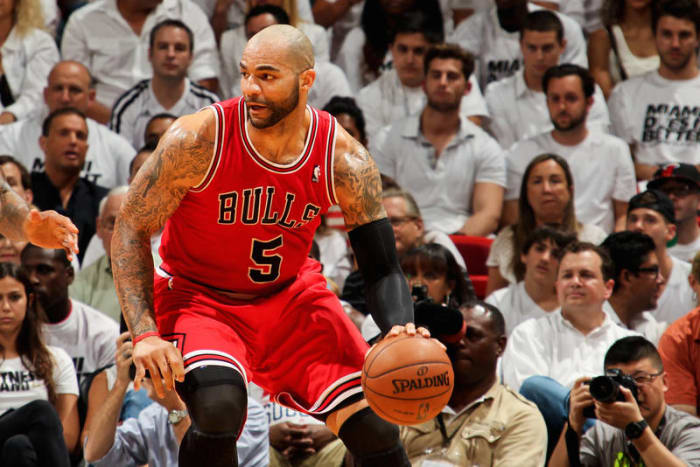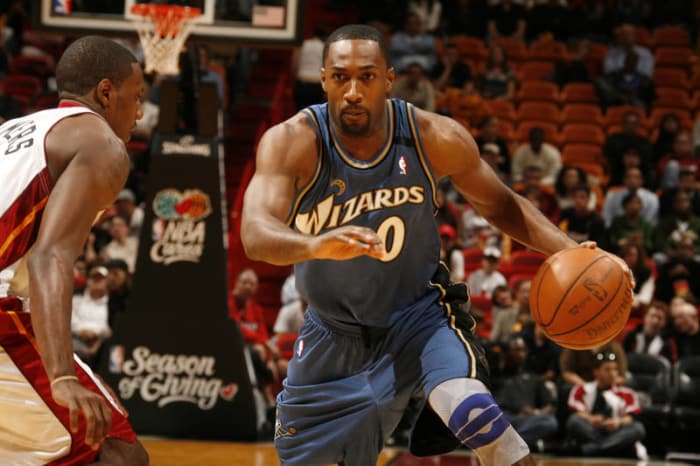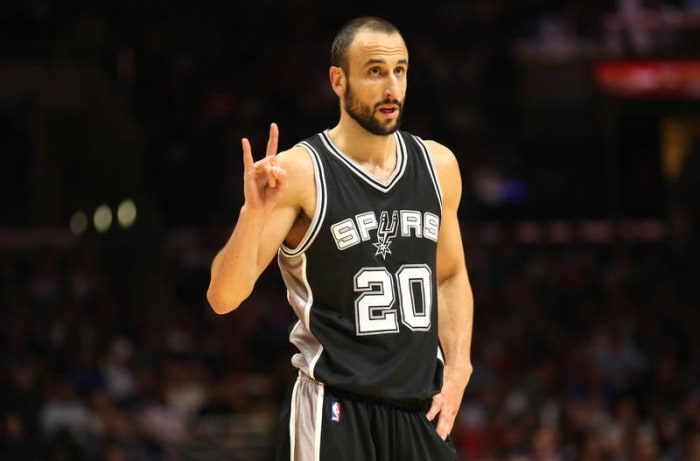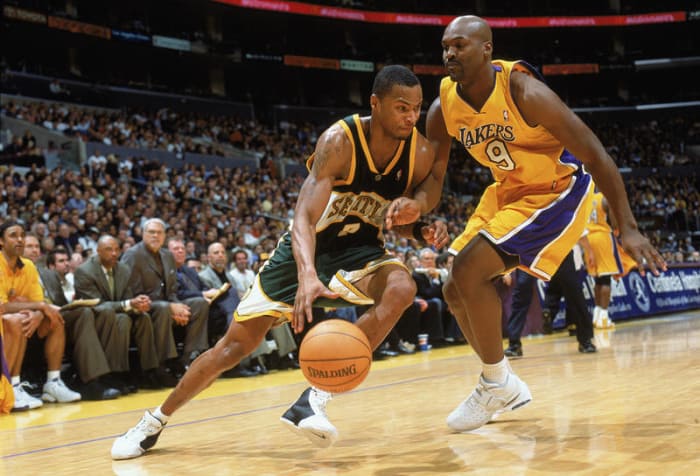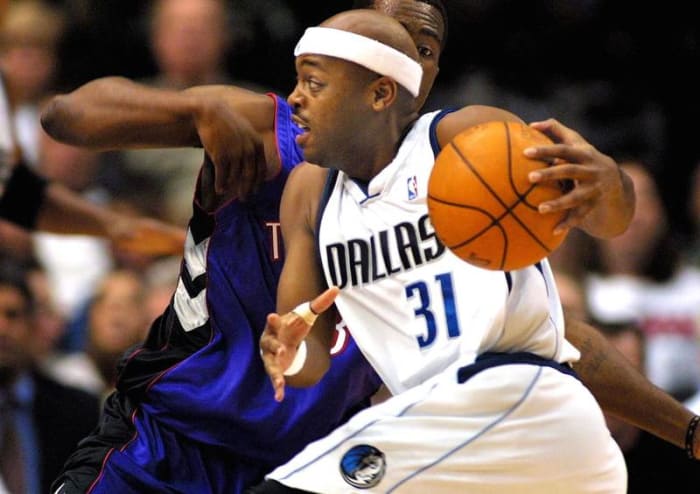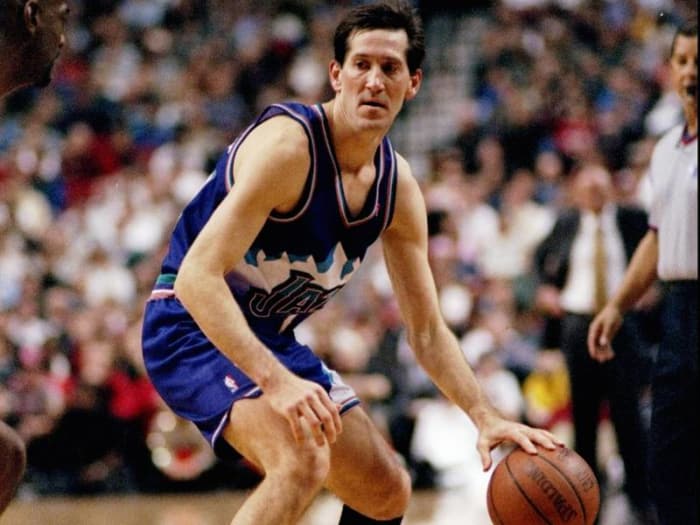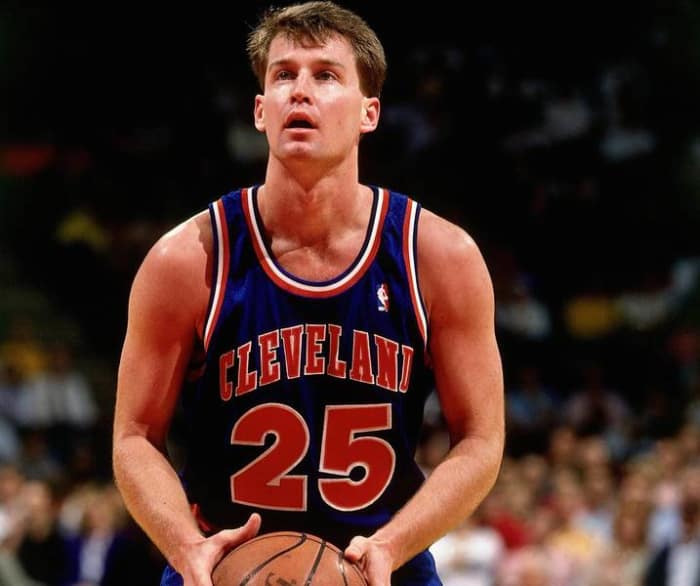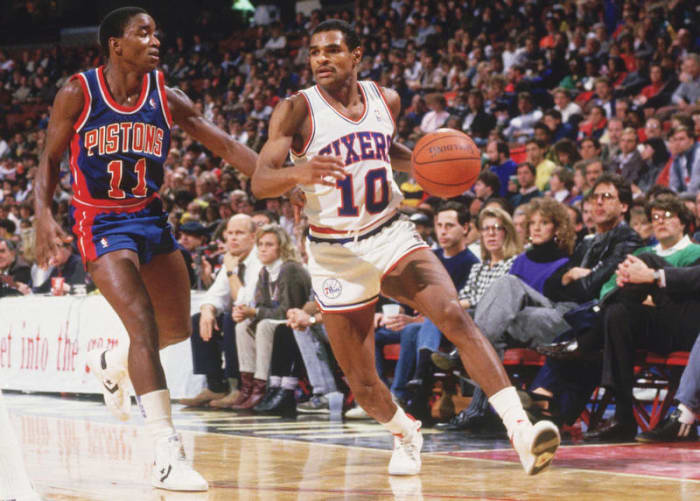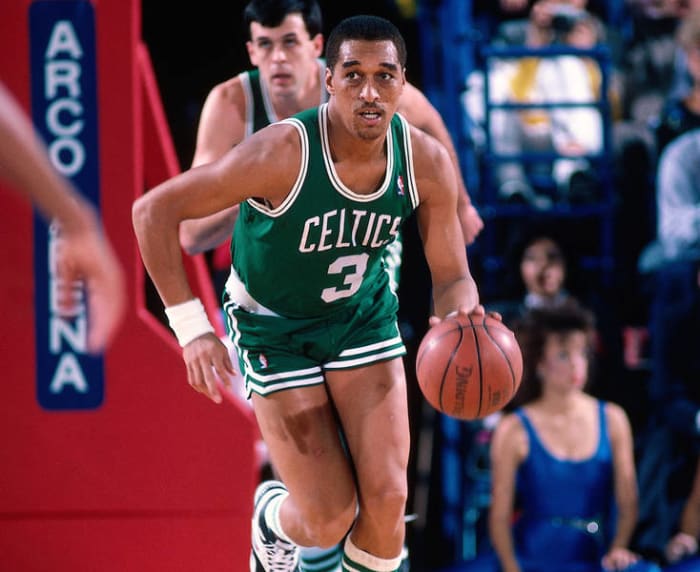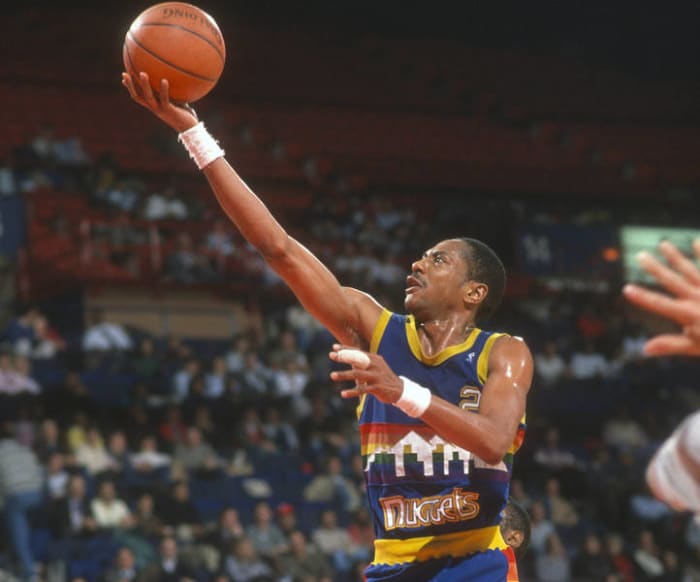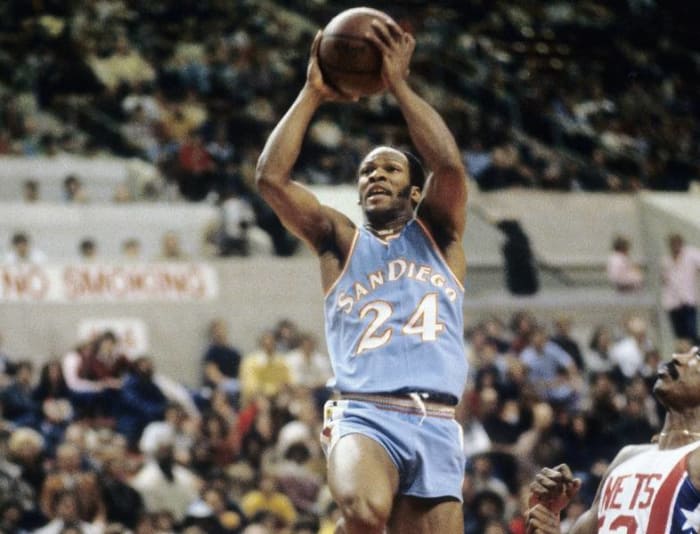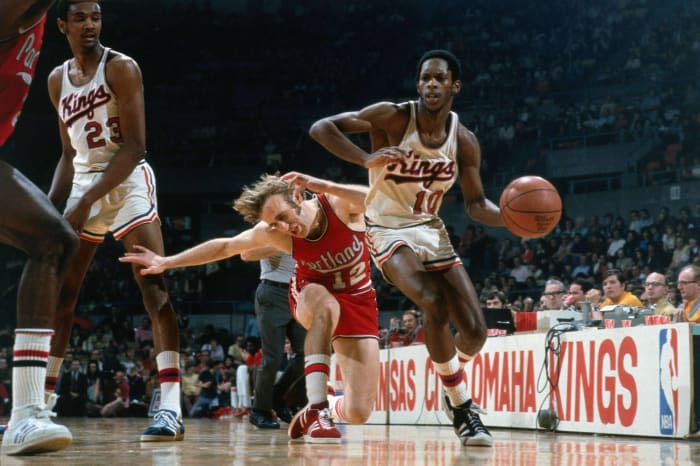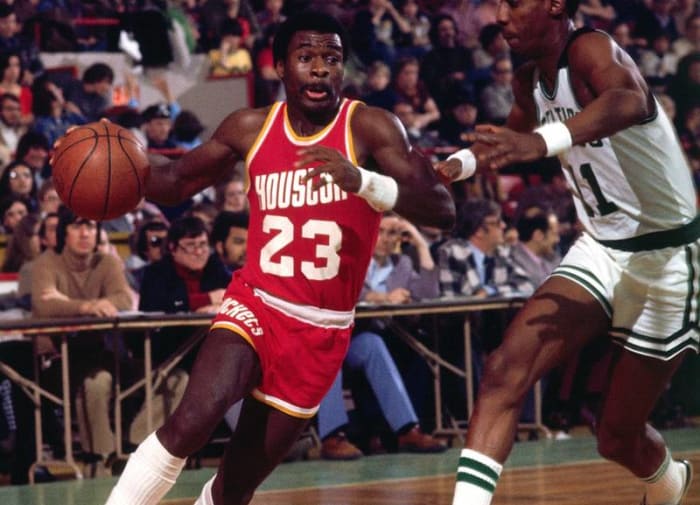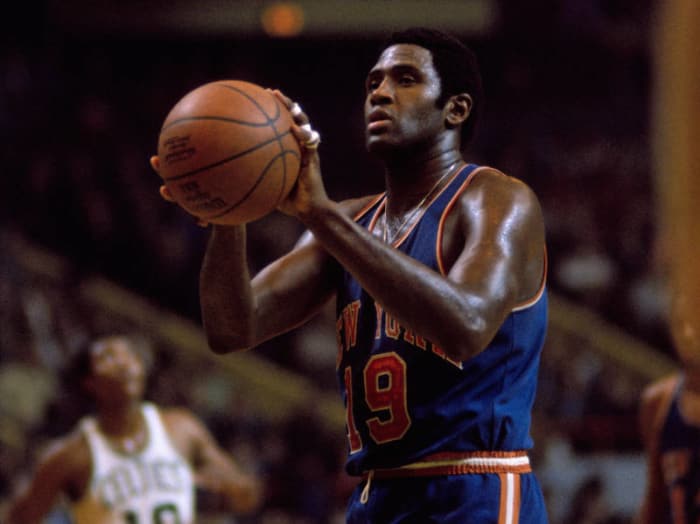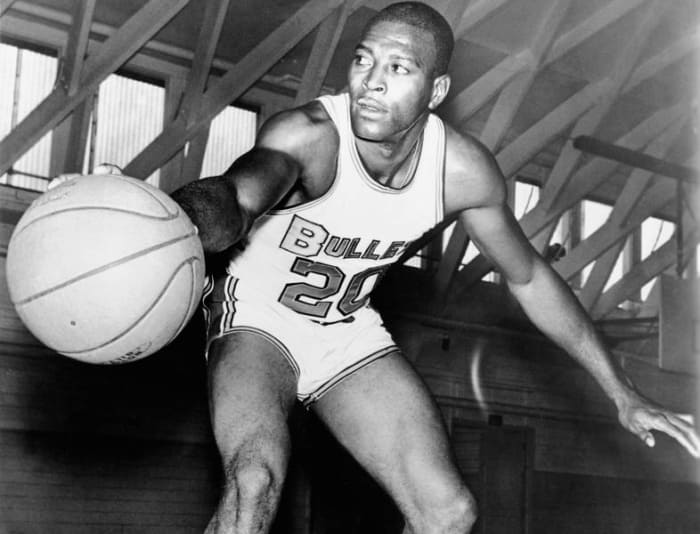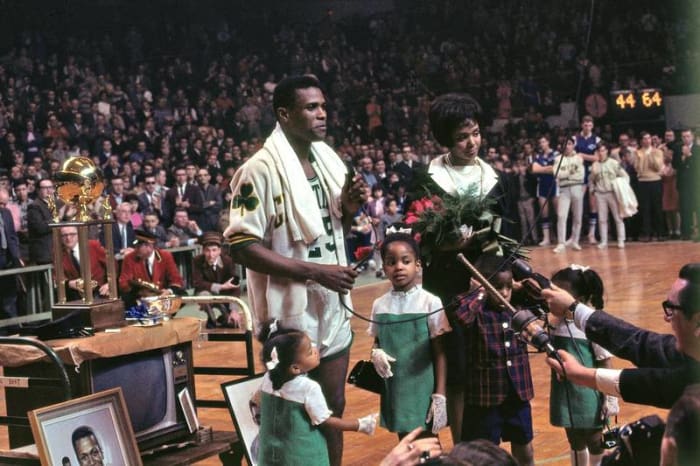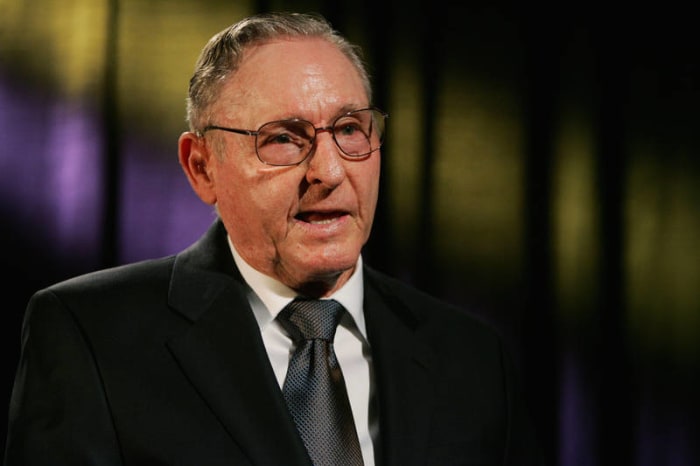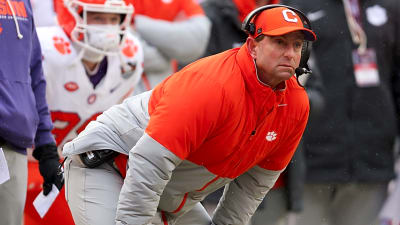More times than not, the stars in the NBA were drafted in the first round, but that's not always the case. As the likes of Manu Ginobili, Marc Gasol and Draymond Green show in today's NBA, there are diamonds in the rough to be had later on in the second round.
Here we chronicle the greatest second-round picks in NBA history. Even though every team passed on these players early, the teams that ultimately selected them in the second round struck gold.
2016: Malcolm Brogdon
Brad Mills/USA TODAY Sports
It may be slightly early to declare Brogdon a smashing success, but it's clear he more than belongs in the NBA. He was taken 36th overall in 2016 by the Bucks and was named Rookie of Year as a sixth man for Milwaukee. In his second year, Brogdon saw his minutes, usage, field goal percentage, free throw percentage, points and rebounds per game all increase.
Isaiah J. Downing/USA TODAY Sports
The Nuggets took Jokic 41st overall in 2014, and the Serbian has quickly become a steal. In each of his three seasons, Jokic has improved his numbers across the board, peaking with 18.5 points, 10.7 rebounds, 6.1 assists and 1.2 steals per game this past season. He also has shot over 50 percent from the floor in two of his three seasons, and in 2017-18, he hit 39.6 percent of his three-point attempts while sitting comfortably over 80 percent from the line for his career.
2012: Draymond Green
Kyle Terada/USA TODAY Sports
It's safe to say the Warriors hit the jackpot by taking Draymond Green 35th overall in 2012. To date, Green has helped Golden State win three championships as a do-everything player and elite defender. He has made three straight All-Star teams and been named to the All-Defensive team four times, winning Defensive Player of the Year in 2016-17.
2011: Isaiah Thomas
Bob Donnan/USA TODAY Sports
With the very last pick in the 2011 NBA Draft, the Kings took the 5-9 Isaiah Thomas out of the University of Washington. All Thomas has done since is become a two-time All-Star, average nearly 19 points and over five assists per game, and be named to the 2016-17 All-NBA Second Team.
Troy Wayrynen/USA TODAY Sports
It took a few years to find his footing, but once he did, Goran Dragic turned into a key contributor after getting selected 45th overall in the 2008 draft by the Spurs, who then sent him to Phoenix. In his 10th season, Dragic just made his first All-Star Game, now with the Heat, and he's averaged 13.7 points, 4.8 assists, 3.1 rebounds and a steal per game for his career to date.
Andy Lyons/Getty Images
A three-time All-Star, 2012-13 Defensive Player of the Year and little brother of Pau, Marc Gasol was actually the second-round draft pick the Lakers traded to in order to acquire his older brother from the Memphis Grizzlies. Like his brother, Gasol has become an understated star and is one of the smartest players in the league.
Kevin C. Cox/Getty Images
A four-time All-Star out of Louisiana Tech University, Paul Millsap has quietly become one of the NBA’s best all-around power forwards. After four straight All-Star campaigns in Atlanta, Millsap saw his numbers dip a bit in his first year with the Nuggets, but he's been productive for a dozen years now.
Gary Dineen/Getty Images
Selected 40th overall in 2005 NBA Draft by the Golden State Warriors, guard Monta Ellis became one of the NBA’s most reliable scorers. A career 17.8 points per game scorer, Ellis was the 2006-07 Most Improved Player and has averaged double-digit points for three different franchises.
2002: Carlos Boozer
Issac Baldizon/Getty Images
A second-round pick out of Duke, power forward Carlos Boozer was both an NBA All-Star and gold medal Olympian for the United States. He was a tremendous low-post scorer for the Utah Jazz and Chicago Bulls and averaged a double-double in five different seasons.
Issac Baldizon/Getty Images
A second-round pick out of Arizona, point guard Gilbert Arenas, also known as “Agent Zero” and “Hibachi,” was one of the NBA’s best scorers in the mid-2000s. Playing his best years for the Washington Wizards, Arenas was a three time All-Star and averaged a career-best 29.3 points in the 2005-06 season. He ended with averages of 20.7 points and 5.3 assists per game for his career.
2000: Michael Redd
Gary Dineen/Getty Images
Although knee injuries derailed his career, when he was at his best, guard Michael Redd was as deadly a scorer the NBA has seen in quite a while. Redd averaged better than 21 points per game for the Milwaukee Bucks for six straight seasons, leading them to playoffs several times and making them a dangerous team to face each and every night. Redd was also part of the 2008 gold medal winning basketball team for the United States in Beijing.
1999: Manu Ginobili
Stephen Dunn/Getty Images
The 57th overall pick of the 1999 NBA Draft, Manu Ginobili didn’t arrive in the NBA until 2002, but for the San Antonio Spurs the wait was worth it. Along with Tim Duncan and Tony Parker, Ginobili was part of the Spurs' "Big Three" that won four NBA championships together during his time in the league. Although he is now nearing retirement, at his peak, the 2008 NBA Sixth Man of the Year could take a game over with his exquisite passing and three-point shooting. The greatest basketball player we’ve ever seen from Argentina, expect Ginobili to wind up in the NBA Hall of Fame someday.
1998: Rashard Lewis
Andrew D. Bernstein/Getty Images
Taken out of Alief Elsik High School with the 32nd overall pick of the 1998 NBA Draft by the Seattle SuperSonics, forward Rashard Lewis had a long and successful career as a pro. A two-time All-Star, Lewis was a deadly three-point shooter, and his long frame allowed him to play top-notch defense. The crowning moment of Lewis’ career came in 2013 when he won an NBA title with the Miami Heat.
Paul Buck/Getty Images
Choosing to shoot his free throws an extra three feet behind the charity stripe, point guard Nick Van Exel enjoyed successful NBA career. A second-round pick by the Lakers out of Cincinnati, Van Exel averaged 14.4 points and 6.6 assists per game over his 13-year career and was even selected as an All-Star in 1998.
Scott Cunningham/Getty Images
A second-round pick by the Chicago Bulls coming all the way from Croatia, forward Toni Kukoc made his presence felt in Chicago as the third option on offense behind Michael Jordan and Scottie Pippen for the franchise's second three-peat. The 1996 NBA Sixth Man of the Year, Kukoc's best year as a pro came in 1998-9, when he averaged 18.8 points, seven rebounds and 5.3 assists for the Bulls.
Otto Gruele Jr/Getty Images
Guard Jeff Hornacek began his career in Phoenix after the Suns selected him in the second round of the 1986 NBA Draft. A deadly shooter, he made a career burying opponents from beyond the arc, evident by the fact that he shot 40.3 percent from three and won the NBA Three-Point Contest twice. Hornacek was the third best player on the Utah Jazz teams of the late '90s that came tantalizingly close to winning two championships.
Scott Cunningham/NBAE/Getty Images
One of the most enigmatic and controversial players in NBA history, it’s easy to forget that “The Worm” was arguably the greatest rebounder that basketball has ever seen. A second-round pick out of Southeastern Oklahoma State University, Rodman crashed the boards like no once else, as he averaged 13.1 rebounds per game for his career, including an incredible 18.7 rebounds for the Detroit Pistons in 1991-92. Although his off-court troubles have tarnished his legacy to a degree, it shouldn’t be forgotten that Rodman was a key member of five NBA title teams and is a Hall of Famer.
NBA Photos/Getty Images
A second-round pick out of Georgia Tech, guard Mark Price is one of the greatest shooters the NBA has ever seen. Playing for the Cleveland Cavaliers, Price has the second best free throw shooting percentage in NBA history at 90.4 percent, was a 40.2 percent three-point shooter and was a four-time All-Star over his over his 12-year career.
1978: Maurice Cheeks
Focus On Sport/Getty Images
Known primarily as a coach by today’s NBA fans, Maurice Cheeks had an immensely successful career as a point guard. Playing his best years for the Philadelphia 76ers, Cheeks was selected to four All-Star teams, five NBA All-Defensive Teams and helped to lead the Sixers the 1983 NBA title. For his efforts, Cheeks was elected to the Hall of Fame.
1976: Dennis Johnson
Rocky Widner/Getty Images
Remembered best as the player who finished off Larry Bird’s clutch steal against the Detroit Pistons in the 1987 Eastern Conference Finals, guard Dennis Johnson was truly one of the NBA’s hidden greats. A second-round pick out of Pepperdine, Johnson was the NBA’s 1979 Finals MVP with the Seattle SuperSonics, a five-time All-Star and six-time NBA All-Defensive First Team player. After winning two more titles with the Celtics in the 1980s, Johnson retired in 1990 and was posthumously inducted into the NBA Hall of Fame in 2010.
1976: Alex English
Focus On Sport/Getty Images
Selected in the second round of the 1976 NBA Draft by the Milwaukee Bucks out of the University of South Carolina, small forward Alex English became one of the NBA’s most prolific scorers. English scored 25,613 points with four teams over his Hall of Fame career, best for 21st all time in NBA history.
1975: World B. Free
Focus On Sport/Getty Images
Beyond having one of the coolest names in sports history, World B. Free was also a pretty darn good basketball player as well. The “Prince of Mid-Air” averaged 20.3 points per game over his 13-year career playing for the 76ers, Clippers, Warriors, Cavaliers and Rockets.
1971: Spencer Haywood
Focus on Sport/Getty Images
Center Spencer Haywood might in fact be the most influential second-round pick in NBA history for one simple reason: He was the first player to leave college early to go pro. When Haywood declared for the NBA Draft 1969, the NBA required its draft entrees to be at least four years out of high school; Haywood however, was just a sophomore a Detroit University. Lawsuits followed, and eventually the case went to the Supreme Court, where the NBA chose to settle with Haywood and began to let younger players into the draft. As for Haywood, he had a successful career as a pro, but it could have been much more had his life not been derailed due to a cocaine addiction.
1970: Tiny Archibald
Neil Leifer/NBAE/Getty Images
Nate “Tiny” Archibald was taken by the Cincinnati Royals (present-day Sacramento Kings) in the second round of the 1970 NBA Draft. Barely standing six feet tall, Archibald dominated the point guard position in the '70s, as he was selected to six All-Star Games, was a three-time All-NBA First Team selection and led the NBA in made free throws during three different seasons. Archibald was elected to the Basketball Hall of Fame in 1991.
1970: Calvin Murphy
Dick Raphael/Getty Images
Now a television commentator for the Houston Rockets, guard Calvin Murphy had a Hall of Fame career for the Rockets before stepping into the broadcast booth. Standing at a mere 5-9, Murphy averaged 17.9 poings, 4.4 assists and 1.5 steals per game over his 13-year career with the Rockets. Also one of the best free throw shooters in NBA history, Murphy is one of the Rockets' most beloved players in team history.
1964: Willis Reed
Dick Raphael/Getty Images
With the first pick of the second round of the 1964 NBA Draft, the New York Knicks selected a largely unknown center from Grambling State University by the name of Willis Reed. Picking Reed proved to be one of the wisest draft choices in Knicks history. Reed was a seven-time All-Star, led the Knicks to two championships and was later inducted into the Naismith Memorial Basketball Hall of Fame. Averaging 18.7 points and 12.9 rebounds for his career, Reed is among the greatest second-round draft picks in NBA history.
1963: Gus Johnson
NBA Photos/Getty Images
A forward out of Idaho University, second-round pick Gus Johnson had a Hall of Fame career playing for the Baltimore Bullets and Phoenix Suns. Johnson was a five-time All-Star, two-time NBA All-Defensive First Team selection and even won an ABA championship with the Indiana Pacers in 1973.
1958: Hal Greer
Dick Raphael/Getty Images
Taken in the second round of the 1958 NBA Draft by the Syracuse Nationals, guard Hal Greer had a Hall of Fame career. Playing his 15-year career for the franchise, which moved to Philadelphia and became the 76ers, Greer was a 10-time All-Star and is still the 76ers' all-time scoring leader with 21,586 points. Not too bad for a second-round pick.
1956: K.C. Jones
Dick Raphael/Getty Images
Although he is remembered by most NBA fans as the head coach of the Boston Celtics during the Larry Bird era, K.C. Jones was also a key part of the Celtics teams that dominated the NBA with Bill Russell leading the way. Jones won eight rings as a player before winning three more as coach. As you might have guessed, he has the most championships to show for any second-round draft pick.
1950: Bill Sharman
Melissa Majchrzak/Getty Images
A second-round pick out of the University of Southern California in 1950, all guard Bill Sharman did was win four NBA titles as player, make eight All-Star teams and get selected to the All-NBA First Team four times. After he retired as player, Sharman won titles as both a coach and an executive, eventually ending up with a ring for each of his 10 fingers. A Hall of Famer, Sharman died in 2013 at the age of 87.
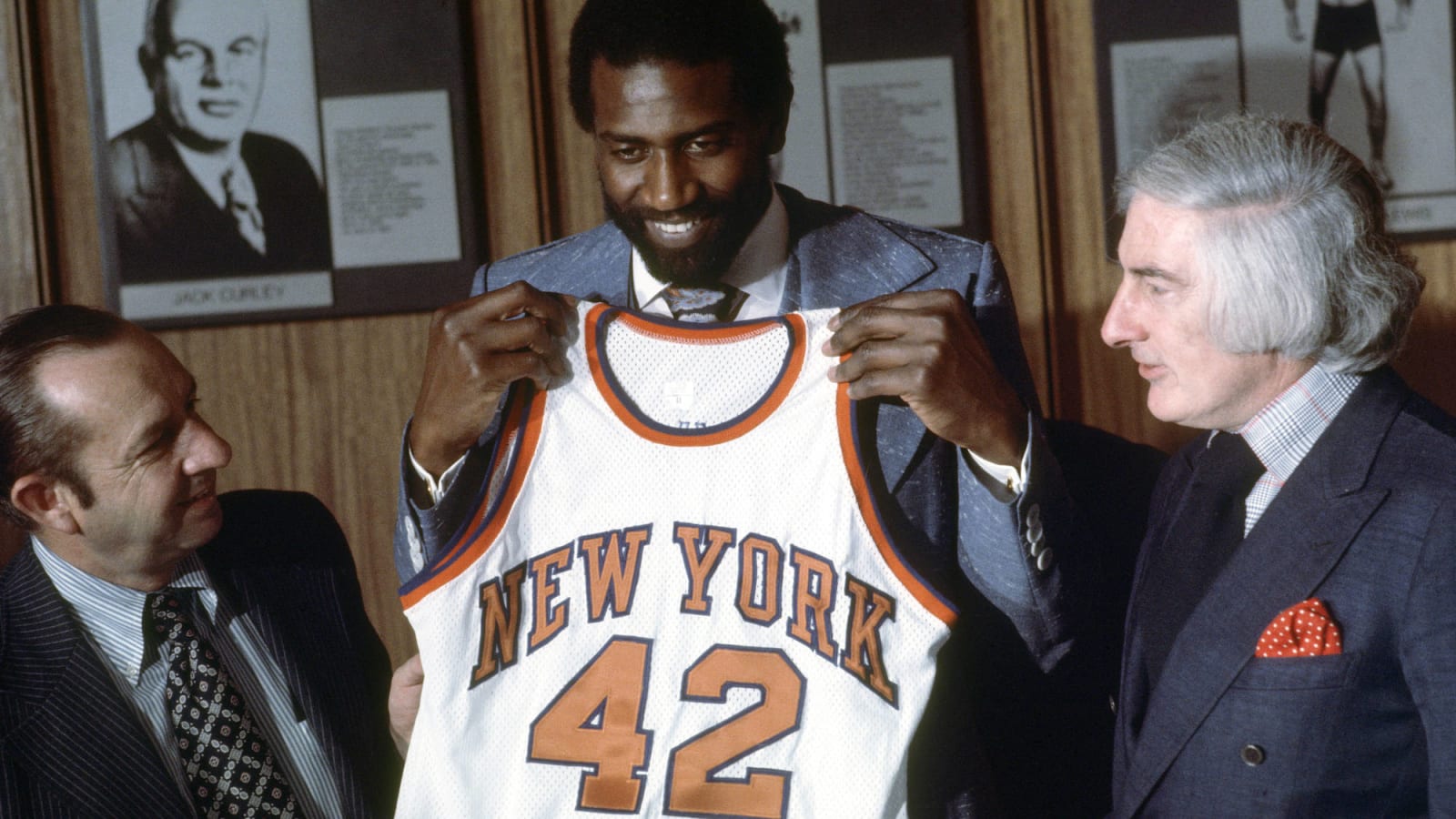
 +
+
